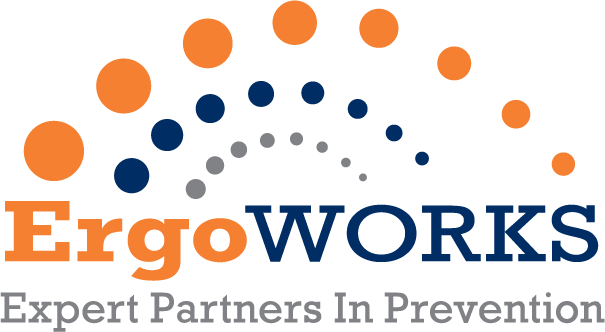Learn how to identify and address ergonomic risks in the workplace to create a safer and more comfortable work environment.
The Importance of Ergonomics in the Workplace
Ergonomics is the science of designing and arranging the workplace to fit the capabilities and limitations of the workers. It aims to optimize the interaction between people, equipment, and their environment, therefore enhancing productivity, reducing discomfort, and minimizing the risk of musculoskeletal disorders.
Implementing ergonomic solutions in the workplace is crucial because it helps prevent work-related injuries and illnesses. Employers can create a more comfortable and efficient environment for their employees by prioritizing the ergonomics of a workplace. This leads to increased productivity, reduced absenteeism, and improved well-being.
Common Ergonomic Risks in the Workplace
There are several common ergonomic risks that can be found in various workplaces. These risks include, but are not limited to, repetitive motion, lifting heavy objects, awkward positioning, and excessive force exertion. These factors can contribute to musculoskeletal disorders, such as back pain, neck strain, carpal tunnel syndrome, and eye strain.
It is essential to identify these ergonomic risks in the workplace in order to effectively address and mitigate them. By identifying and understanding the potential hazards, employers can implement appropriate control measures to reduce the risk of injuries and create a safer work environment.
Identifying Ergonomic Risks
Employers can conduct ergonomic assessments or evaluations to identify ergonomic risks in the workplace. These assessments involve observing work activities, interviewing employees, and analyzing workplace layouts and equipment. By using an industry-standardized tool, the level of ergonomic risk for various work tasks that involve repetitive motions, excessive force, or awkward postures can be prioritized for applying solutions.
Additionally, employers can also consider employee feedback and reports of discomfort or pain. Encouraging open communication and actively listening to employees can help identify ergonomic issues that may otherwise go unnoticed. This is called an employee comfort survey and can be used to engage employees in applying quick solutions to reduce their discomfort.
Mitigating Ergonomic Risks
Once ergonomic risks have been identified, it is crucial to implement control measures to mitigate these risks. The hierarchy of controls is a useful framework for addressing ergonomic risks. It emphasizes the most effective control measures by prioritizing elimination, substitution, engineering controls, administrative controls, and personal protective equipment (PPE).
Elimination involves completely removing the ergonomic risk, such as automating a task to eliminate repetitive motions. Substitution entails replacing a hazardous task or equipment with a less risky alternative. Engineering controls focus on modifying the workplace or equipment to reduce ergonomic risks, such as adjusting workstation heights or using ergonomic tools.
Administrative controls involve implementing policies, procedures, and training programs to minimize ergonomic risks. This includes providing regular breaks, rotating tasks, and educating employees on proper ergonomics. Lastly, PPE, such as supportive footwear or wrist braces, can be used to provide additional protection.
While administrative and PPE solutions may be the quickest and cheapest to implement, they do not provide the same level of risk reduction as elimination or engineering controls. Eliminating the task often requires automation solutions and may be a budget issue. However, for high-risk tasks, it may be a money saver in the long run.
Using the hierarchy of controls to set budget goals, while considering ergonomic risk and injury data, is a proven strategy for mitigating ergonomic risk.
Implementing Ergonomic Solutions
Implementing ergonomic solutions involves putting the identified control measures into practice. This may include purchasing ergonomic furniture and equipment, adjusting workstation layouts, providing training on proper lifting techniques, and promoting good ergonomic practices.
It is important to involve employees in the implementation process and provide them with the necessary resources and support. Regular monitoring and evaluation of the effectiveness of the implemented solutions should also be conducted to ensure continuous improvement.
Interested in an ergonomics assessment at your workplace? Schedule a Discovery Call with ErgoWorks to learn more about our onsite ergonomic assessments.


